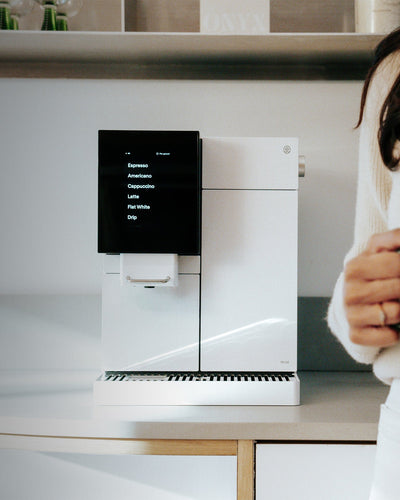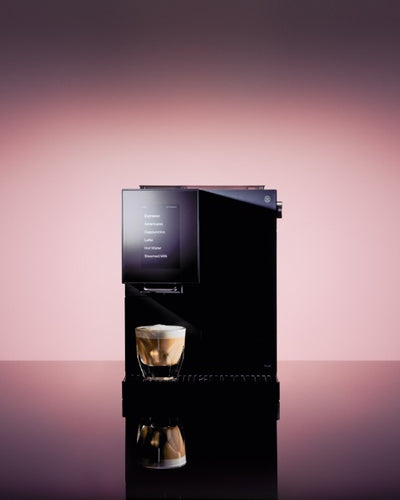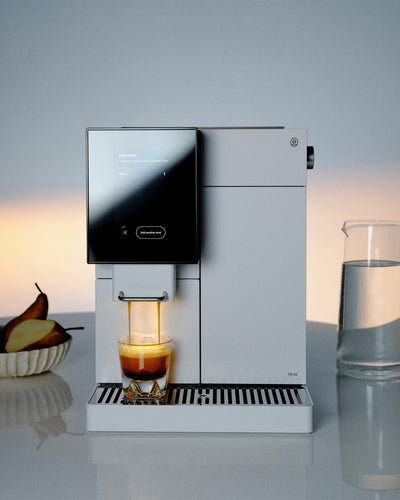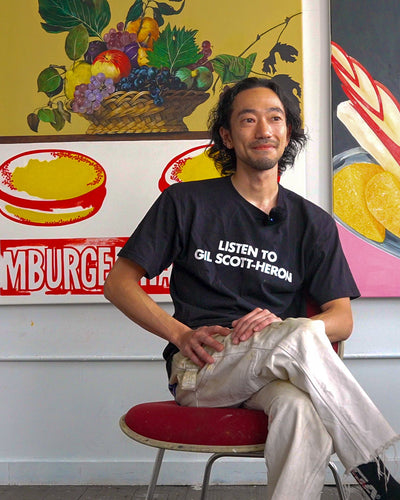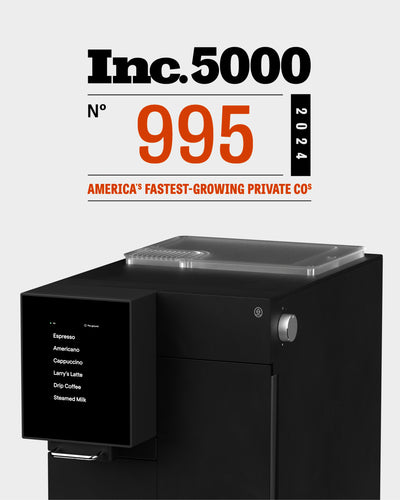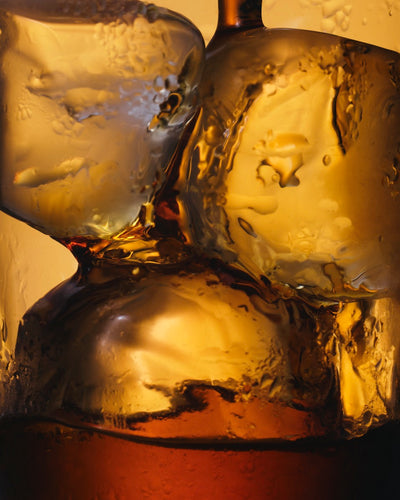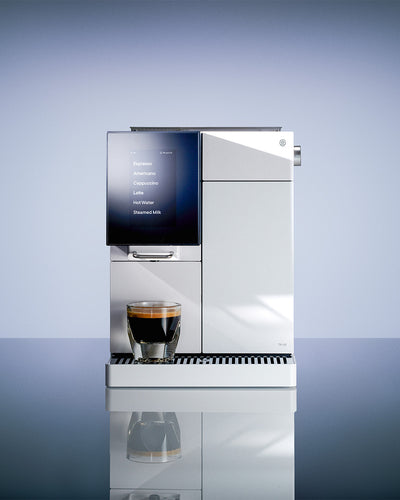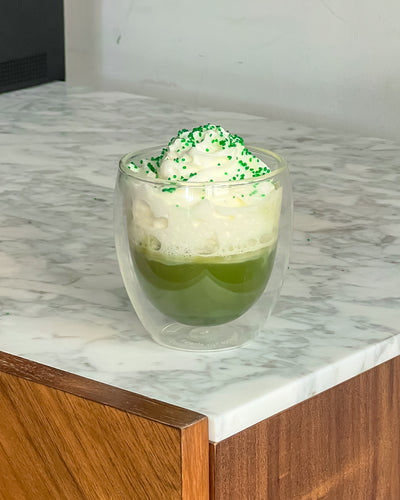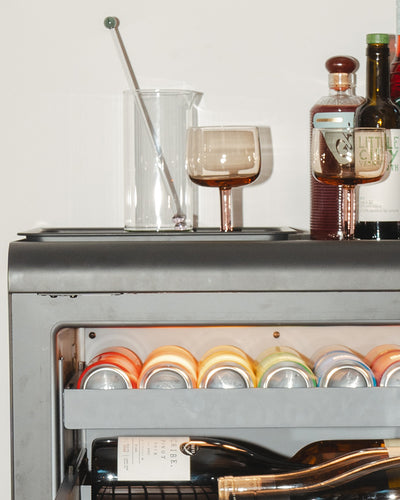Light roast? Dark roast? French roast? Pot roast? What does it all mean!?
Just about every bag of coffee includes some mention of the bean’s roast level, but what that means for flavor, aroma, and even its brew-ability is much less clear. In this article, we’ll help you get to the bottom of this “shady” conundrum so you can be better equipped to find the best roast for your palate and preferred brew methods.
As mentioned, a coffee’s roast level is most easily recognized by its shade. As a rule, the darker the shade, the more roasted it is. But how does that impact flavor, caffeine content, and more? Let’s break it all down.
The Roast Color Spectrum
To put it simply, darker beans get roasted for longer and at higher temperatures. Makes sense, right? But all that extra roasting time also means a lot of chemical changes happening underneath the surface. Here’s what you need to know:
Lighter Roasts…
- Contain more caffeine than darker roasts
- Contain a brighter, floral, more “acidic” flavor
- Are denser (more water content)
- Emit CO2 slower than darker roasts, but contain more overall (read more about the importance of CO2 in coffee here)
- Have a thinner body
- Are sometimes referred to as a “Cinnamon Roast,” “American Roast,” or “City Roast,” depending on just how light the beans are
- Exhibit more of the original flavors present in the pre-roasted coffee (more multi-faced flavor profile)
Darker Roasts…
- Contain less caffeine than lighter roasts
- Contain a bolder, more “toasty” flavor
- Are more brittle and hollow (more water evaporated during roasting)
- Emit CO2 quicker than lighter roasts, but contain less overall
- Have a fuller, more robust body
- Are sometimes referred to as a “French Roast,” “Vienna Roast,” or “Italian Roast,” depending on just how dark the beans get
- Contain less of the original beans’ flavors and instead take on the flavors of the roasting process itself (more singular flavor profile)
- Secrete more oil, which causes a shiny surface*
*For any superautomatic espresso machine, we recommend staying away from most dark roasts that appear super oily. They tend to get stuck in the hopper and gum up the burr grinder. Dark roasts that are not very oily are OK.

Photo Credit: Parlor Coffee
The Best Bean For The Job
So now you know how to extract crucial information from your coffee based on color alone. But how can you apply all this to your preferred preparation method?
Well, just go by taste.
There is no one type of roast better suited than another for different brew methods. You might turn to a light roast when using a pour-over to get a more complex cup. For your espresso, you might decide on a happy medium with a medium roast to get the best of both worlds. You might come across bags of coffee that dub the beans as “espresso,” but this is just a misleading marketing term. In truth, espresso has virtually nothing to do with the beans themselves and everything to do with how the beans are treated post-roast. At the end of the day, so long as you know what flavors you like, that’s what’s most important before grinding, brewing, and enjoying.
Now that you’ve got the right beans, find out how to keep them fresh.

